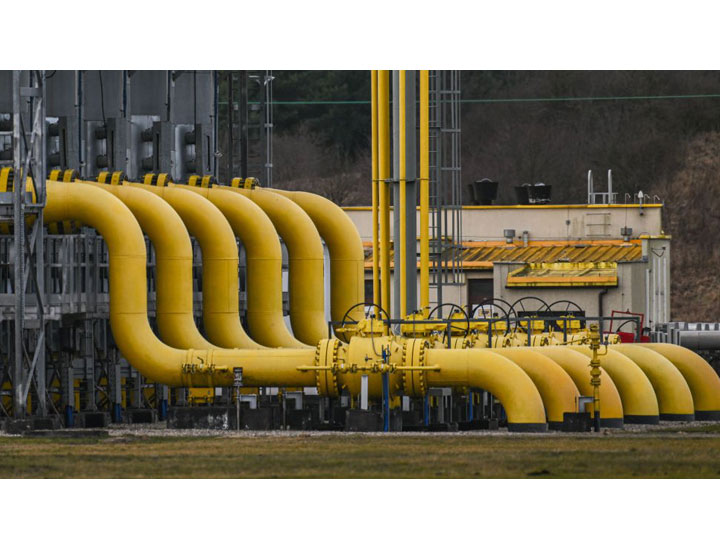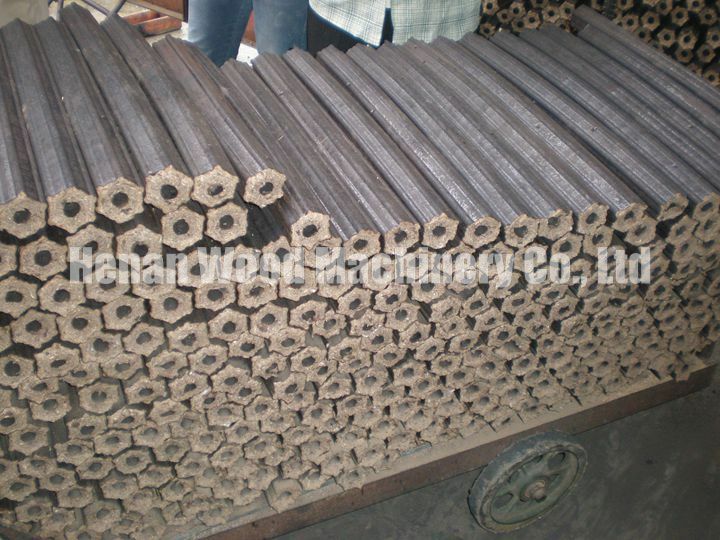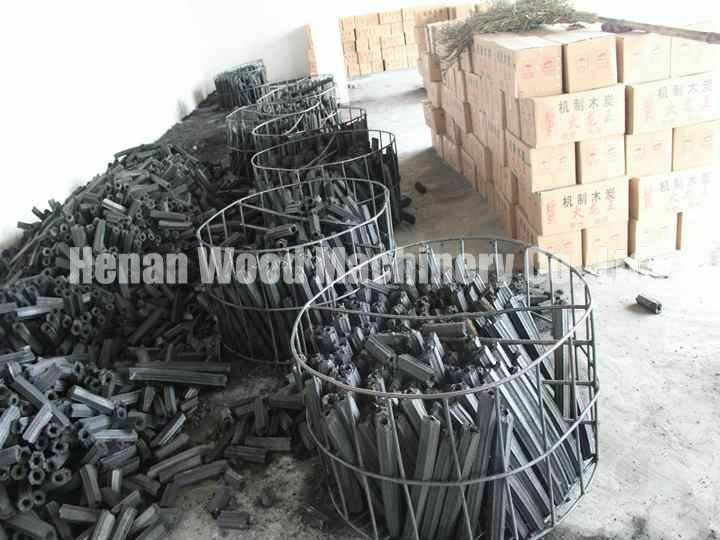European gas crisis in winter 2022?
Winter is coming, and Europe is now facing a serious energy crisis. Gas prices in its markets are at record highs, supplies are falling and there are concerns about how the long cold winter will pass.

Different problems in Europe
In Europe, a range of activities require the use of energy, and energy shortages are affecting all aspects of the search, including transportation, home heating, industrial services, agricultural production, forestry, food production and more.
The most obvious impact is the increase in the price of some food products and the lack of home heating. The dairy and bakery industry markets were hit hard. From the beginning of 2021 to August, the price of butter rose by 80%, cheese by 43%, and milk powder by more than 50%.
What are the alternatives to the natural gas gap?
According to the European Commission’s plan to close the Russian gas gap, there are three main alternatives. The first one is the “Southern Gas Corridor” project. This corridor will go through Azerbaijan, Georgia, Turkey, Greece, Bulgaria, Albania and the Adriatic Sea and will be transported via pipeline to Italy.
The second option is to build a platform based on the Mediterranean to deliver gas to Europe, either through gas pipelines or by importing LNG to compensate for gas supply cuts.
Finally, the third option is to import and store LNG. In this regard, the European Commission identified three main sources such as the United States, Qatar and East Africa.
Germany has reportedly pledged to completely eliminate its dependence on coal by 2038, but now, in order to solve the immediate problem, it has begun restoring coal mines and power stations that closed 10 years ago and is expected to burn more than 100,000 tons of coal per month. Meanwhile, many other European countries are also starting to restart their coal-fired power plants, such as Austria, Poland, the Netherlands, Greece and others.
Biomass fuel production is necessary
Biomass briquette fuel can be a good choice. The raw materials of biomass pellets are mainly waste from agriculture and forestry, including straw, sawdust, wood chips, straw, etc., which are made into biomass fuel by biomass fuel production.


